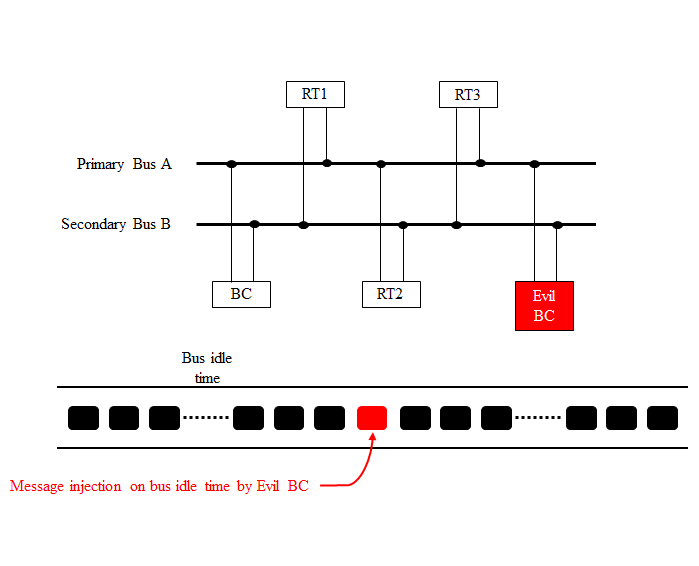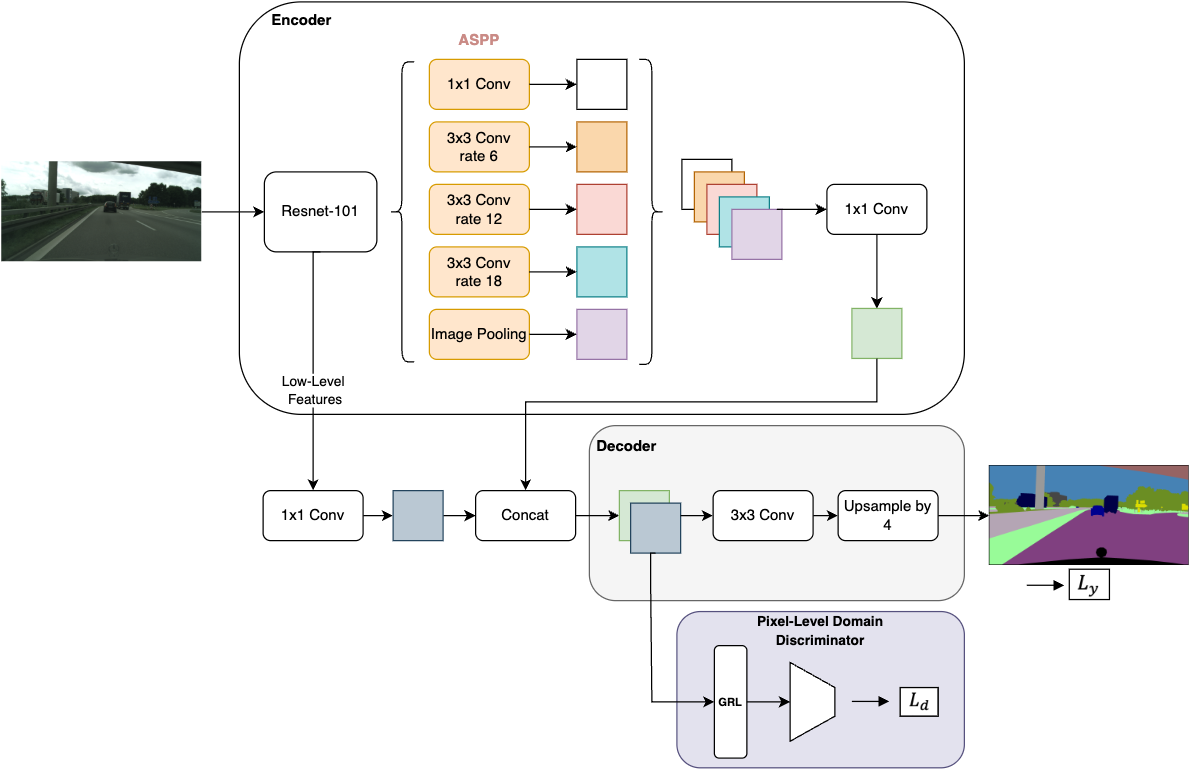İsa Can Babir, Use of Hardware Fingerprinting for Intrusion Detection in Avionics Systems
As next-generation avionic platforms become increasingly connected, systems that were once isolated are now exposed to cyber threats. Communication standards like MIL-STD-1553, widely used in commercial, military, and aerospace platforms, were originally designed without security considerations, resulting in growing vulnerabilities. Implementing conventional security upgrades is costly and brings certification challenges. Intrusion Detection Systems (IDS) offer a non-intrusive alternative, requiring no hardware or software changes. This study aims to enhance the security of MIL-STD-1553 communication buses by integrating a hardware fingerprinting-based IDS and evaluates the effectiveness of machine and deep learning methods in detecting unauthorized devices on the bus.
Date: 02.06.2025 / 11:00 Place: A-212









